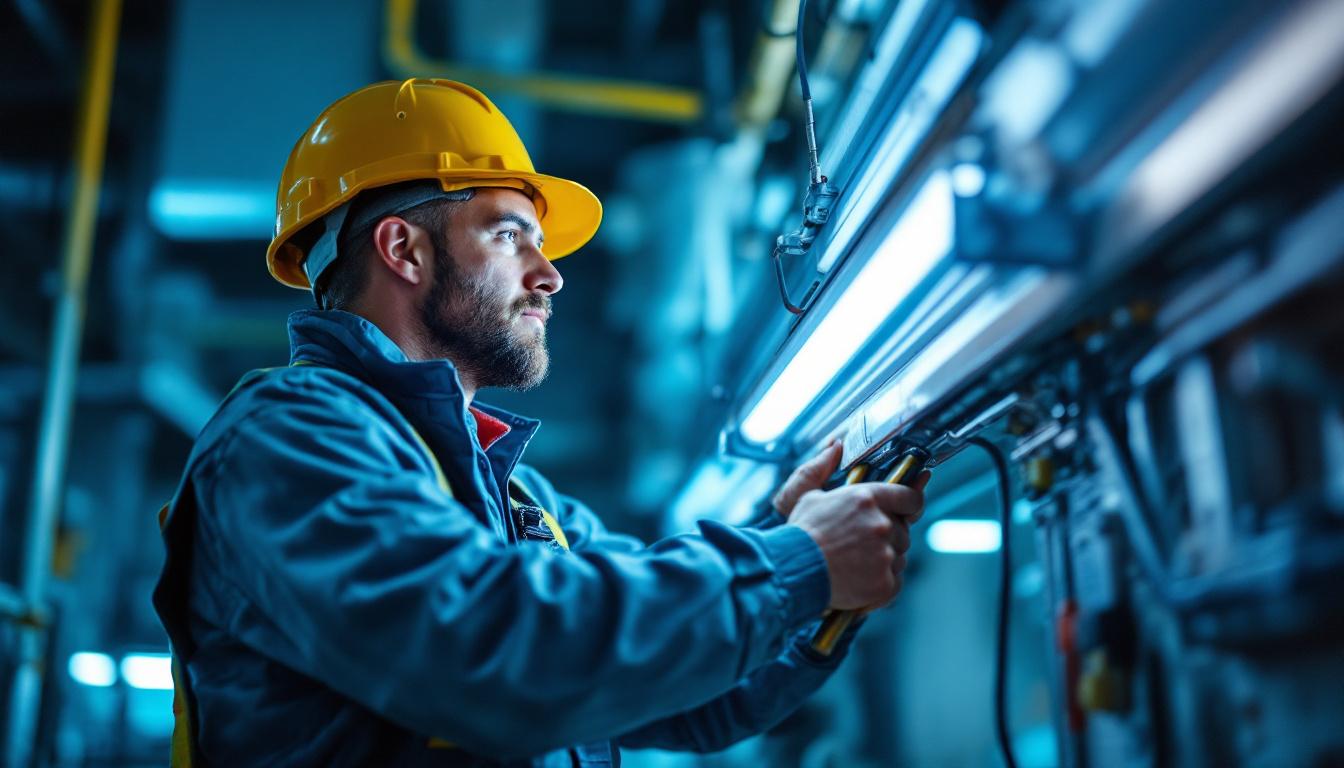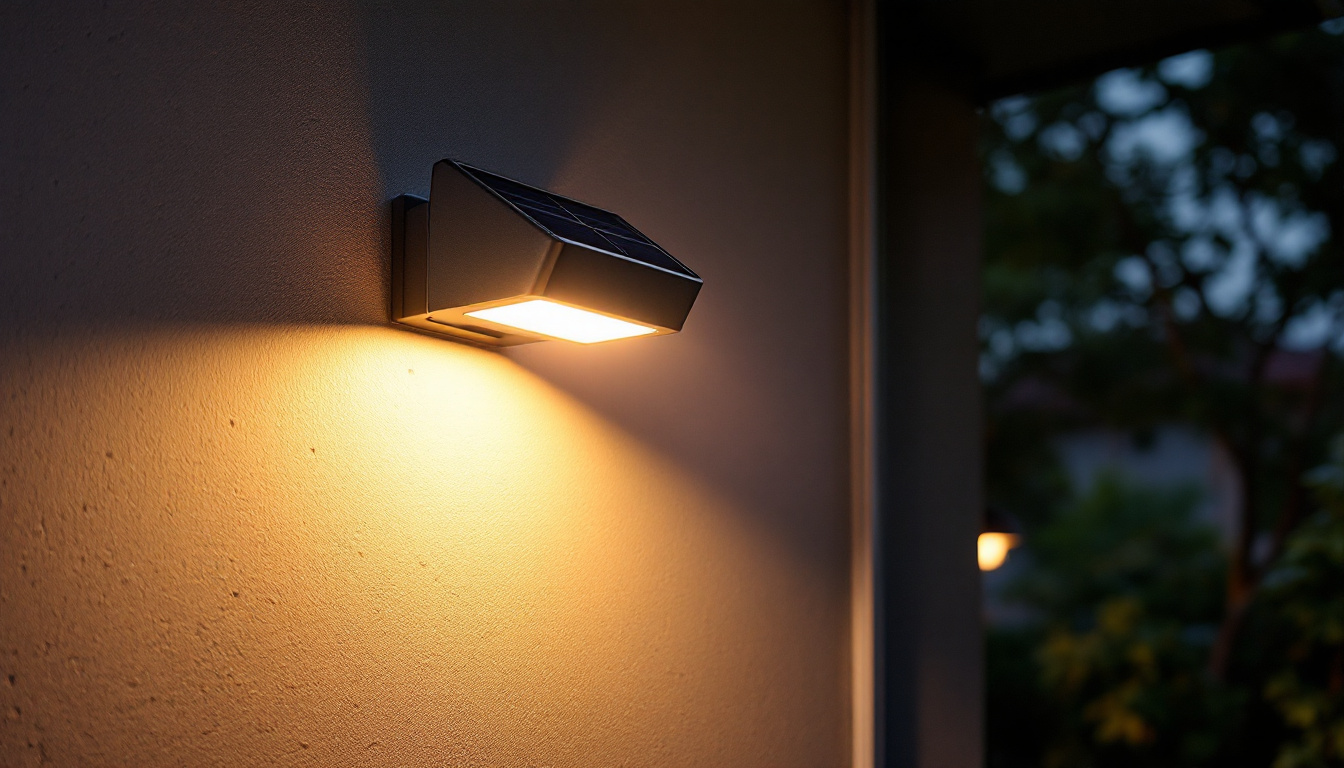
In the realm of commercial and residential lighting, understanding the components that make lighting systems function efficiently is essential for lighting contractors. One such component that often requires attention is the fluorescent light ballast. This guide aims to provide a comprehensive overview of fluorescent light ballasts, their types, functions, and installation considerations, ensuring that contractors are well-equipped to tackle any lighting project.
A fluorescent light ballast is an electrical device that regulates the current to the fluorescent lamps and provides the necessary voltage to start the lamps. Without a ballast, fluorescent lamps would not function properly, as they require a specific amount of voltage to ignite and maintain a steady light output. Understanding the role of a ballast is crucial for any lighting contractor, as it directly affects the performance and efficiency of the lighting system. In addition to its primary function, the ballast also influences the lifespan of the fluorescent lamps, making it an essential component in any lighting installation.
The primary function of a ballast is to control the electrical current flowing through the fluorescent lamp. It does this by providing the initial surge of voltage required to start the lamp and then regulating the current to ensure a steady operation. This regulation is vital, as too much current can lead to overheating and premature failure of the lamp. Furthermore, the ballast’s ability to maintain a consistent current helps to stabilize the light output, which is especially important in environments where lighting quality is critical, such as in art galleries or photography studios.
Moreover, ballasts also play a role in energy efficiency. By controlling the current, they help to minimize energy waste, which can lead to lower electricity bills and a reduced carbon footprint. For contractors, selecting the right ballast can significantly impact the overall efficiency of the lighting system. The choice of ballast can also affect the color rendering index (CRI) of the light produced, which is an important factor for tasks requiring accurate color perception, such as in retail or design settings.
There are primarily two types of fluorescent ballasts: magnetic and electronic. Each type has its own set of characteristics, advantages, and disadvantages that contractors should be aware of when recommending lighting solutions. The choice between these two types can depend on various factors including the specific application, budget, and desired energy efficiency.
Magnetic ballasts have been around for many years and are known for their durability and reliability. They use electromagnetic coils to regulate the current and are often heavier and bulkier than their electronic counterparts. While they are generally less expensive, magnetic ballasts can be less energy-efficient and may produce a noticeable flicker when starting up. Additionally, magnetic ballasts can generate more heat during operation, which may necessitate additional cooling solutions in certain installations. Despite these drawbacks, many contractors still opt for magnetic ballasts in applications where cost is a primary concern or where the existing infrastructure is already set up for them.
Electronic ballasts, on the other hand, are more modern and offer several benefits over magnetic ballasts. They are lighter, more compact, and provide a flicker-free operation, which can enhance the quality of light. Additionally, electronic ballasts are designed to be more energy-efficient, often resulting in lower operating costs. Their ability to operate at higher frequencies can also improve the overall performance of the fluorescent lamps, leading to better light quality and longer lamp life. However, they can be more expensive upfront, which is a consideration for contractors working within budget constraints. It’s also worth noting that electronic ballasts can be sensitive to power surges and may require more careful installation to ensure longevity and reliability in various environments.
When it comes to installing fluorescent light ballasts, there are several factors that contractors must take into account. Proper installation not only ensures optimal performance but also extends the lifespan of the lighting system.
Selecting the appropriate ballast for a specific application is critical. Factors such as the type of fluorescent lamp, the wattage, and the intended use of the lighting system should all influence the decision. For instance, high-efficiency lamps may require electronic ballasts to achieve their full potential, while standard lamps may work well with magnetic ballasts.
Contractors should also consider the compatibility of the ballast with the existing electrical system. Ensuring that the ballast can handle the voltage and current requirements of the lamps is essential for safe and effective operation. Additionally, understanding the environmental conditions where the ballast will be installed is important; for example, ballasts used in damp or outdoor environments may need to be rated for moisture resistance to prevent failure.
Safety is paramount when working with electrical components. Before beginning any installation, contractors should ensure that the power is turned off to avoid electrical shocks. Using appropriate personal protective equipment (PPE) is also advisable, including gloves and safety glasses.
Furthermore, it is essential to follow the manufacturer’s instructions for installation. This includes wiring diagrams and specifications, which can vary between different ballast models. Adhering to these guidelines will help prevent potential hazards and ensure the longevity of the installation. It is also wise to conduct a thorough inspection of the installation site for any potential hazards, such as frayed wires or water damage, which could compromise the safety and effectiveness of the lighting system. Regular maintenance checks post-installation can further enhance safety and performance, ensuring that any issues are addressed promptly before they escalate into more significant problems.
Regular maintenance of fluorescent ballasts is crucial for ensuring their longevity and efficiency. While ballasts are generally designed to last for several years, neglecting maintenance can lead to premature failures and increased costs.
Contractors should perform routine inspections of fluorescent ballasts as part of a comprehensive maintenance plan. This includes checking for signs of wear and tear, such as discoloration, unusual noises, or flickering lights. Any abnormalities should be addressed promptly to prevent further issues.
Additionally, ensuring that the ballast is clean and free from dust and debris can help maintain optimal performance. Dust accumulation can lead to overheating, which may shorten the lifespan of the ballast and the lamps. Regular cleaning can be done using a soft brush or a vacuum with a brush attachment, ensuring that the airflow around the ballast is not obstructed. Furthermore, checking the wiring connections for any signs of corrosion or damage is equally important, as faulty connections can lead to electrical failures and pose safety hazards.
When a ballast fails, it is essential to replace it as soon as possible to avoid disruptions in lighting. Contractors should be prepared to identify the type of ballast needed for replacement, as well as the specific wattage and voltage requirements. Keeping a stock of common ballasts can help expedite the replacement process and minimize downtime for clients.
Moreover, it is beneficial to educate clients about the signs that indicate a ballast may need replacement, such as inconsistent lighting or a buzzing sound. Providing this knowledge can empower clients to report issues early, potentially saving on more extensive repairs later. Additionally, when replacing ballasts, contractors should consider upgrading to more energy-efficient models, which can not only enhance performance but also reduce energy costs in the long run. This proactive approach not only improves the lighting quality but also aligns with sustainability goals by minimizing energy consumption and waste.
In today’s world, energy efficiency and environmental sustainability are more important than ever. Fluorescent light ballasts play a significant role in the overall energy consumption of lighting systems, making their selection and installation critical for contractors focused on sustainability.
When selecting ballasts, contractors should consider energy-efficient options that can significantly reduce electricity usage. Electronic ballasts, for instance, often provide better energy savings compared to magnetic ballasts. Many modern electronic ballasts are designed to work with high-efficiency fluorescent lamps, maximizing energy savings.
Moreover, contractors should also be aware of any local or national energy efficiency programs that may provide incentives for using energy-efficient lighting solutions. These programs can help clients save money while also contributing to environmental sustainability.
Proper disposal of fluorescent ballasts is another important consideration. Many ballasts contain hazardous materials, such as polychlorinated biphenyls (PCBs), which require special handling and disposal procedures. Contractors should familiarize themselves with local regulations regarding the disposal of electronic waste and ensure that they are following best practices.
Encouraging clients to recycle old ballasts can also be a valuable service. Many communities offer recycling programs for electronic waste, and contractors can assist in facilitating this process, further promoting sustainability.
Fluorescent light ballasts are an integral component of any lighting system, and understanding their functionality, types, and installation considerations is essential for lighting contractors. By selecting the right ballast, ensuring proper installation and maintenance, and focusing on energy efficiency, contractors can enhance the performance and longevity of their lighting projects.
As the industry continues to evolve, staying informed about the latest advancements in ballast technology and energy efficiency will empower contractors to provide the best possible solutions for their clients. By prioritizing safety, sustainability, and efficiency, lighting contractors can not only meet but exceed client expectations in their lighting projects.
Ready to enhance your lighting projects with the best fluorescent ballasts on the market? Look no further than LumenWholesale, where we provide contractors with superior, spec-grade lighting products at unbeatable wholesale prices. Our selection meets the highest industry standards for reliability and performance, ensuring your installations shine with efficiency and longevity. Plus, with free shipping on bulk orders, you can stock up on premium lighting solutions without the worry of hidden fees or compromises. Elevate your lighting game with the perfect blend of quality, affordability, and convenience at LumenWholesale.

Discover cost-effective strategies for installing recessed lighting without compromising quality.

Discover the essential role of light switches in energy conservation and compliance.

Discover the essentials of solar-powered security lamps in just five minutes.

Discover how Hi Lite is transforming the lighting industry by enhancing efficiency for contractors.